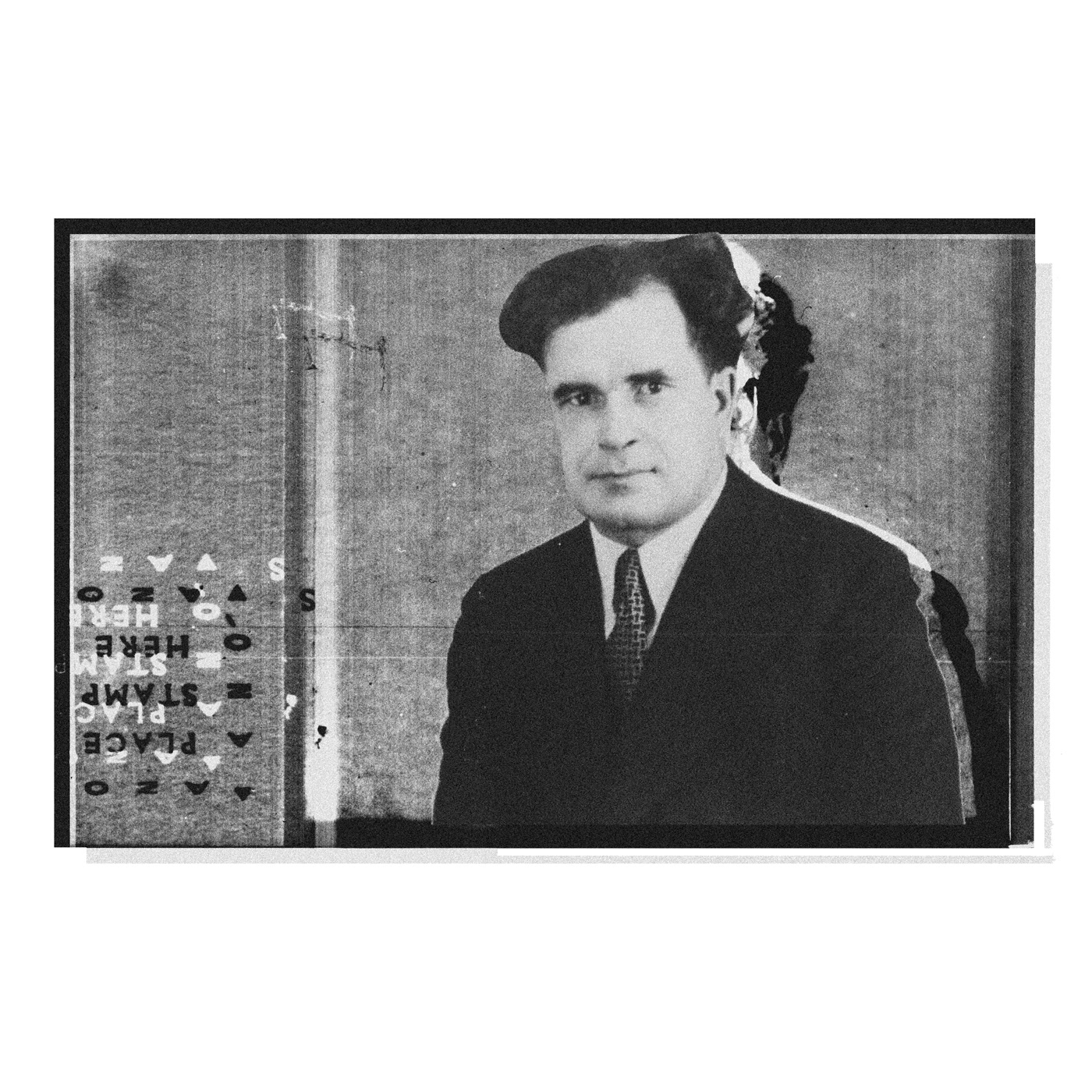- Digital
Hiski Salomaa
Longing for Freedom
Death Is Not The End
- Cat No: DEATH037
- Release: 2020-10-30
- updated:
Track List
-
1. Hiski Salomaa - Vapauden Kaiho
02:58 -
2. Hiski Salomaa - Savonpoja Amerikkaan Tulo
02:47 -
3. Hiski Salomaa - Lännen Lokari
03:09 -
4. Hiski Salomaa - Tiskarin Polkka
02:51 -
5. Hiski Salomaa - Askon Kolmirivinen
02:54 -
6. Hiski Salomaa - Laulu Taiteilijoista
03:00 -
7. Hiski Salomaa - Vanhanpiian Polkka
02:38 -
8. Hiski Salomaa - Emännät Piknekissä
03:00 -
9. Hiski Salomaa - Elisan Valssi
03:07 -
10. Hiski Salomaa - Häät Remulassa
03:02 -
11. Hiski Salomaa - Dahlmannin Paartit
02:59 -
12. Hiski Salomaa - Talvella Maa On Valkoinen
02:53 -
13. Hiski Salomaa - Kemppaisen Avioelämä
02:57 -
14. Hiski Salomaa - Iitin Tiltu
03:09 -
15. Hiski Salomaa - Auvisen Akkahommat
03:01 -
16. Hiski Salomaa - Ryöstöpolkka
03:04 -
17. Hiski Salomaa - Taattoni Maja
03:00 -
18. Hiski Salomaa - Värssyjä Sieltä Ja Täältä
02:59
16bit/44.1khz [wav/flac/aiff/alac/mp3]
----------
Hiski Salomaa began his life in 1891 in Kangasniemi in the Southern Savonia region of Finland, emigrating to the USA after the death of his mother in 1909 - travelling via Hanko, to Hull, Liverpool, Ellis Island, Manhattan, and finally to a Finnish American community in the South Range of Michigan.
After taking to writing and performing songs as a young boy, Salomaa realised there was a demand amongst the Finnish immigrant set for music performed in their own language and indeed in the Finnglish dialect common at the time. With his unique vocal, he told stories of immigrant life and society which resonated with his intended audience, particularly in the shadow of the labour movement that had strong support in immigrant worker communities. Through the mid 1920s to early part of the 1930s Salomaa became a popular attraction at the Finnish Worker's House in Manhattan, and would cut these 18 sides for Columbia during this period, though his career seems to have been stymied by the great recession.
The recordings Salomaa made for Columbia found favour in Finland toward the end of World War II after being picked up by left-wing athlete (and later singer and actor) Tapio Rautavaara for airplay on Maaselä Front Radio, and later gained attention on Finland's national radio YLE. This enigmatic Finnish American performer would come to be adopted into some hearts as the country's answer to Woody Guthrie, and became somewhat of a talisman for the Finnish left.
However, it has been uncovered in Markku Salomaa's recent book on the life of Hiski, entitled Vapauden kaiho (after his most recognisable track, trans: Longing for Freedom), that this ideal is somewhat far from the real truth. Despite having once apparently been an IWW member, a picture emerges of Salomaa having merely been playing to the views of his crowd - and taking the corresponding cheque - without holding those views himself. Worse still, it's alleged that he was a card-carrying republican.
Still, hopefully you will enjoy these recordings nevertheless!



